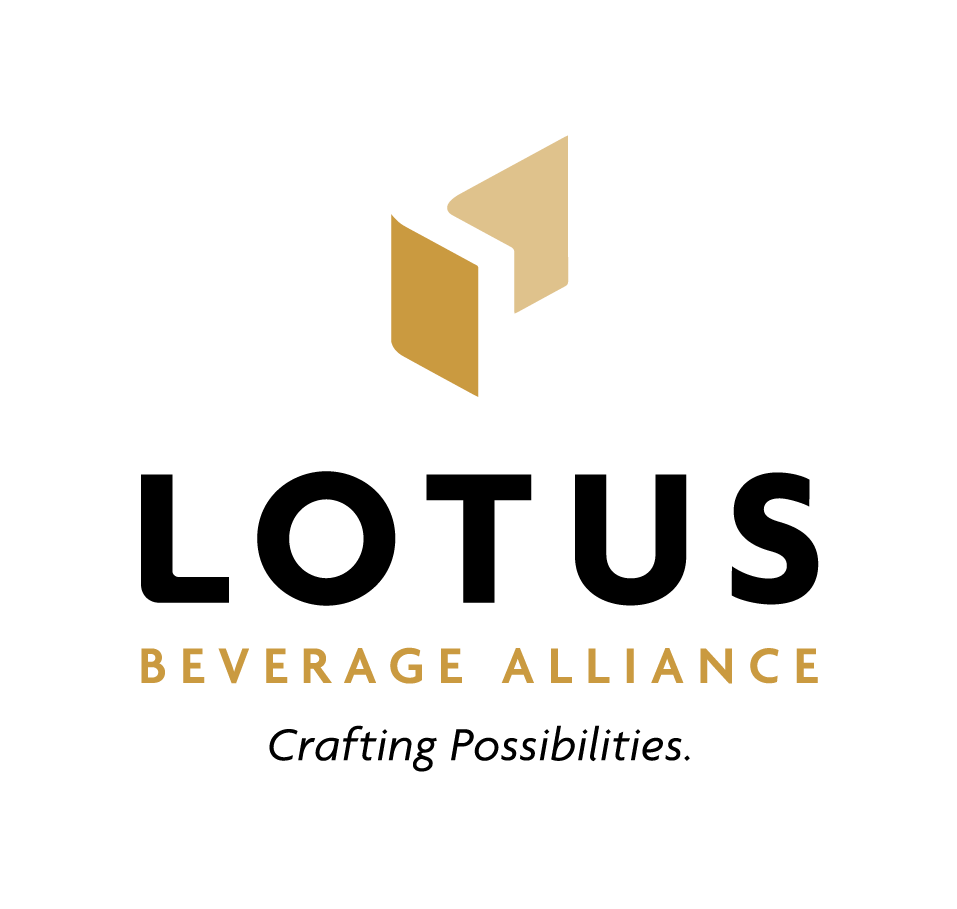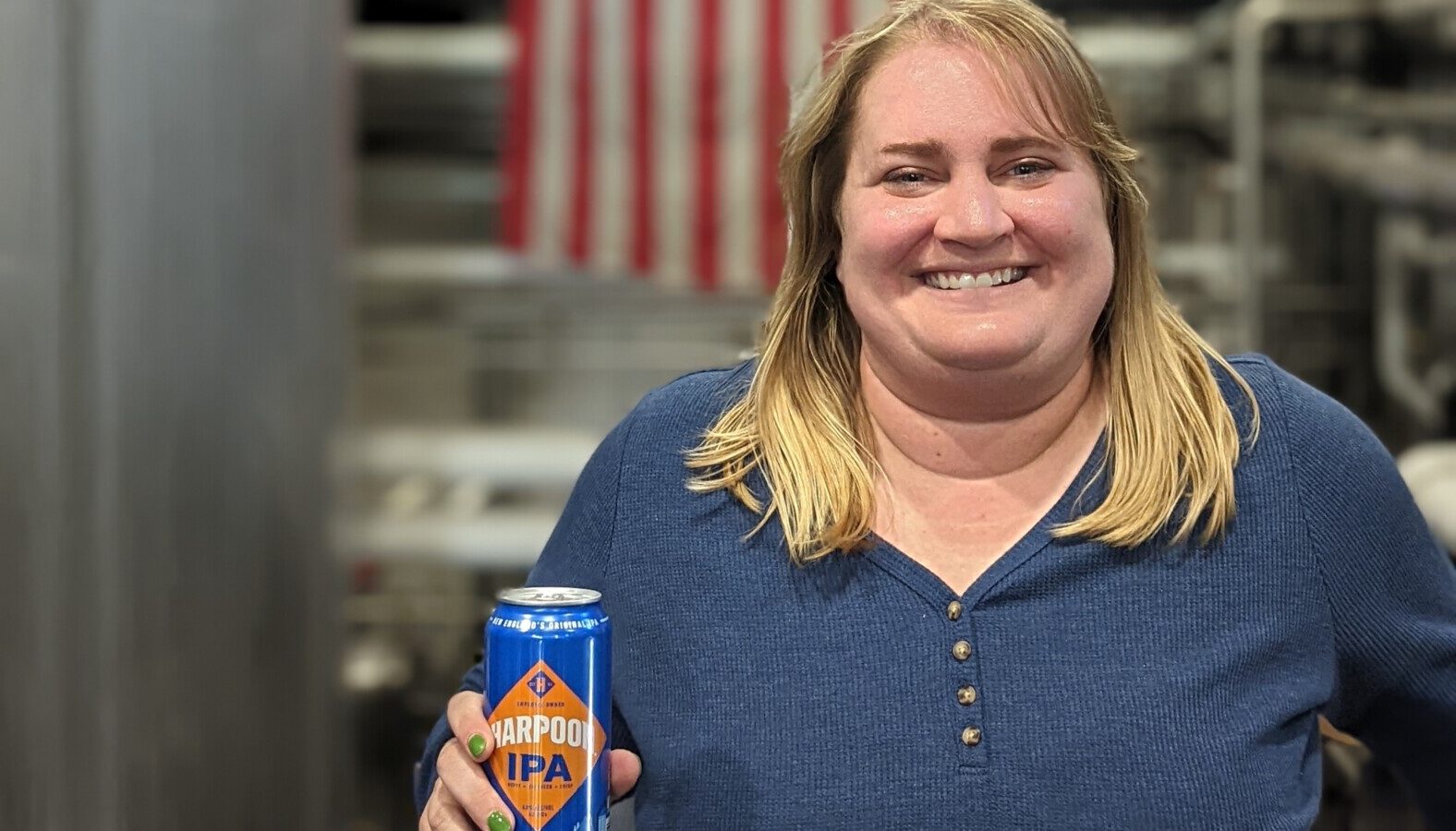Social media is a critically important tool in helping a brewery interact with consumers. Whether its talking about new releases, highlighting employee good, or simply to entertain drinkers while they scroll through their phones, there is a lot that can be accomplished through all of the various platforms.

Innovation featured expert topic supported by Lotus Beverage Alliance
Lotus Beverage Alliance unites expert manufacturers and suppliers to empower your craft beverage business. We are allied to be the complete resource for equipment, ingredients and parts supply – all backed by exceptional service. Meet our alliance: Alpha Brew Ops, GW Kent, Stout Tanks and Kettles, Brewmation, Twin Monkeys, and Automated Extractions.
“I do think that Instagram is the most important platform,” says Megan Wilson, the director of digital strategy for Harpoon Brewing. “Full Stop.”
She says the brewery has also been using Tik Tok more and more but largely uses it as a place to spot trends that the brewery will then migrate to Instagram.
“We don’t have a huge audience there but it is a huge source of content. The trends hit there before Instagram,” she says.
Staying connected to what younger, but still of legal drinking age, demographics are interested in helps the brewery bring new customers to the fold. But it is not just as easy as finding out what is trending and them copying it. Spending some time on filming and editing clips, as well as getting the brewery on board for various clips and stunts – which happen during a work days – takes some thought and planning.
Every brewery should have social media accounts for all of the platforms, even if they use some more than others. They should also be monitored regularly and kept fresh with a company’s operating hours, contact information and anything else that a customer might be interested in gleaning with a quick glance.
Each site, from Facebook to Twitter to Instagram should each have a distinct voice. Instagram is fueled by photos and videos, something Facebook is trending towards. So that site is good for product shots, posters for events, and other slices of life from around the brewery. Facebook is good for promoting news, events, and other happenings. Twitter works best for short bursts of humor or information.
“Facebook still matters,” says Wilson. “It’s great for events and it is one of the best options for small breweries with small [social media] budgets do paid advertising.”
Picking a strategy and then sticking to it is important, says Wilson. She works with two interns on her team to continually do outreach and to create new content around the brewery and all of its beers and brands.
It can be hard to measure sales against social media posts, but she theorizes that if a post receives 5,000 clicks anywhere from 1 percent to 3 percent of viewers went and made a purchase.
There are more tangible metrics.
“Over the last year, we’ve had a huge increase in young people coming to our festivals,” she says. “It’s a more diverse crown and a lot of first timers and that’s a direct thing I can point to. It’s people that have engaged with us on social media.”
She says that a social media plan and its implementation needs to be an organization wide priority. Ownership should trust social media teams to do their thing, and to be OK with the team taking risks and not being afraid to fail.
“You need to think outside the box and to try new things,” she says. “It’s not the end of the world if it doesn’t work. You have tomorrow to try again.”

